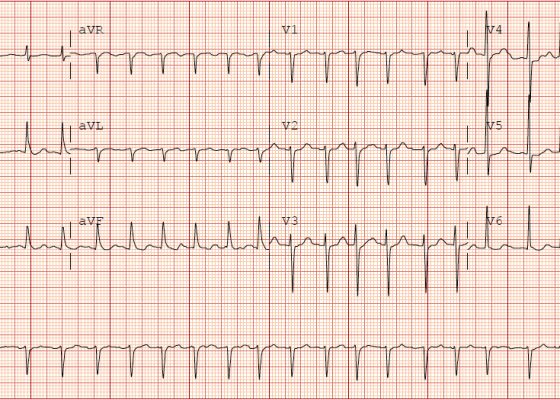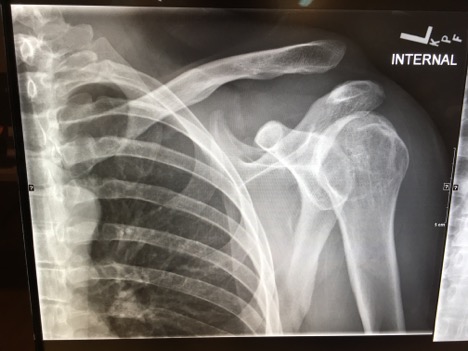Latest Articles
Procedural Sedation for the removal of a rectal foreign body
DOI: https://doi.org/10.21980/J81332Axial and coronal views on CT showed evidence of a large, tube-shaped foreign body in the rectum (see arrows) without evidence of acute gastrointestinal tract disease.
Glass Foreign Body Hand Radiograph
DOI: https://doi.org/10.21980/J8W92HHistory of present illness: A 27-year-old female sustained an injury to her left hand after she tripped and fell on a vase. She presented to the emergency department (ED) complaining of pain over the laceration. Upon examination, patient presented with multiple small abrasions of the medial aspect of the left 5thdigit that are minimally tender. Additionally, she has one 0.5cm
A Case of Otomastoiditis
DOI: https://doi.org/10.21980/J8RK89The patient underwent computed tomography (CT) of the head which revealed opacification of the left middle ear (red arrow) and mastoid air cells (red circles). Additionally, there was thickening of the soft tissues of the external auditory canal (blue arrowhead), likely reflecting concurrent otitis externa. Based on the imaging, he was admitted for findings consistent with acute otomastoiditis.
Osborn Waves in a Severely Hypothermic Patient
DOI: https://doi.org/10.21980/J8H34SThe initial EKG shows marked elevation of the J-point (point where the QRS segment joins the ST segment), otherwise known as an “Osborn Wave” (see black arrows). A subsequent EKG obtained after active rewarming, showed resolution of the Osborn waves.
Acromioclavicular joint separation
DOI: https://doi.org/10.21980/J8C91GHistory of present illness: A 30-year-old male was brought in by ambulance to the emergency department as a trauma activation after a motorcycle accident. The patient was the helmeted rider of a motorcycle traveling at an unknown speed when he lost control and was thrown off his vehicle. He denied loss of consciousness, nausea, or vomiting. The patient’s vital signs
Torsades de Pointes
DOI: https://doi.org/10.21980/J87K91The patient was found to be in a polymorphic ventricular tachycardia; he was alert, awake and asymptomatic. A rhythm strip showed a wide complex tachycardia with the QRS complex varying in amplitude around the isoelectric line consistent with Torsades de Pointes.






